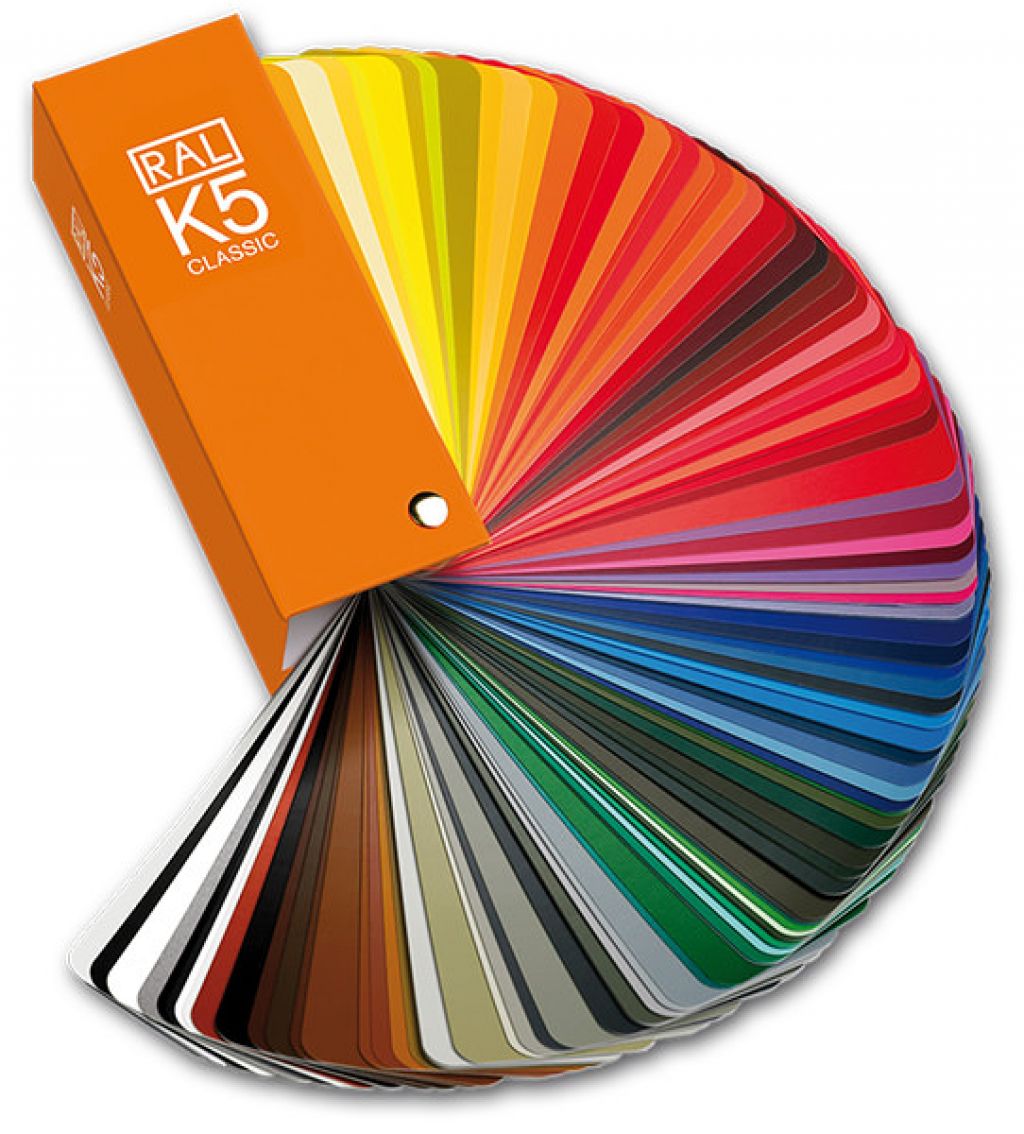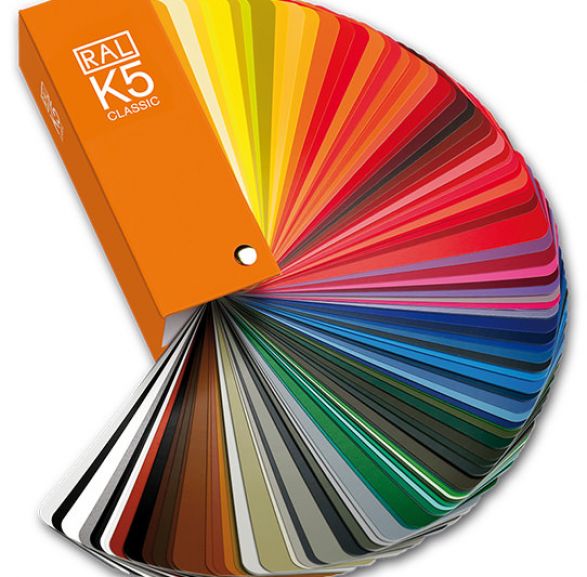What is powder coating and what does it consist of?
Powder coating - involves the application of electrified particles (20-100 μm) powder paint on conductive surface e.g. metal. The deposited layer of powder stays on the surface of the painted workpiece due to electrostatic forces.
Two basic techniques of electrification and powder coating are used in powder coating:
- electrostatic spray - high voltage method 40-100 kV, commonly known as "corona",
- electrokinetic spray - triboelectrification, frictional method, known as "tribo".
Then the paint-coated parts are heated to a temperature of 140-200°C, resulting in melting and polymerization of the powder. The resulting paint coating is resistant to corrosion, chemicals, high temperature and mechanical damage.
Basic advantages of powder coating:
- no emission of solvents and thinners into the environment,
- virtually 100% utilization of paint material (possibility of recovering undeposited powder particles),
- significant energy savings due to the possibility of using closed ventilation systems,
- obtained coatings due to their thickness (60-80 μm) perfectly mask the inaccuracies of machining,
- corrosion protection of coated materials.
Based on the above, it is perfectly clear that powder coating has a plenty of advantages, thanks to which it has been used for years for painting elements of balustrades, but of course not only. We make sure that each of our customer is satisfied with his purchase and that it serves him for many years, which is why we powder-coat all of our balustradesy and other accessories.
The coatings obtained during powder coating are characterized by the following it has smoothness, uniform color and texture, no streaks. As a result, products coated in this way look very aesthetically.











